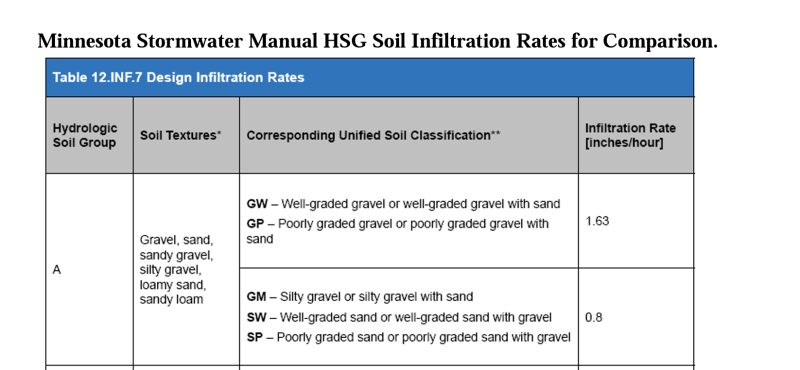Does anyone have a table of washed stone infiltration rates?
I designed a pervious driveway for a customer which was basically 4 inches of surge stone over geotextile fabric topped with 1 inch of #67 stone . Apparently, the new state standard in our area is 4 inches of #57 stone alone (they used to allow any washed stone above .08 inches in diameter. That was changed without me knowing about it). They want me to prove that my design meets or exceeds the state standard. Intuitively, I don’t see how it can’t and also it has to be better than pervious concrete that is also allowed.
Yea, yea, I know it ain't a great path to drive on but the customer is actually happy that they didn't have to spend tens of thousands on pervious concrete.
Thanks!
I designed a pervious driveway for a customer which was basically 4 inches of surge stone over geotextile fabric topped with 1 inch of #67 stone . Apparently, the new state standard in our area is 4 inches of #57 stone alone (they used to allow any washed stone above .08 inches in diameter. That was changed without me knowing about it). They want me to prove that my design meets or exceeds the state standard. Intuitively, I don’t see how it can’t and also it has to be better than pervious concrete that is also allowed.
Yea, yea, I know it ain't a great path to drive on but the customer is actually happy that they didn't have to spend tens of thousands on pervious concrete.
Thanks!

